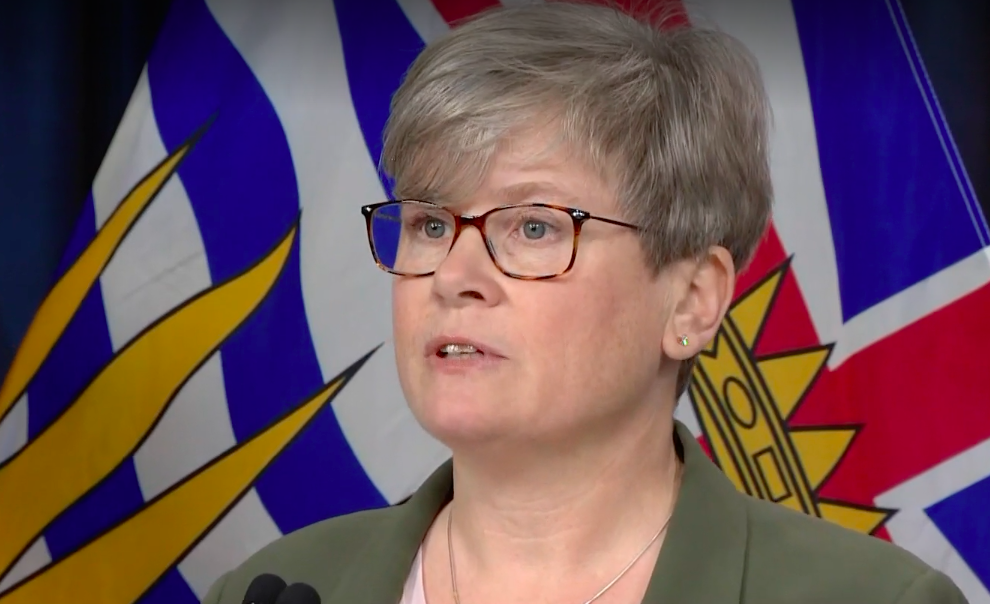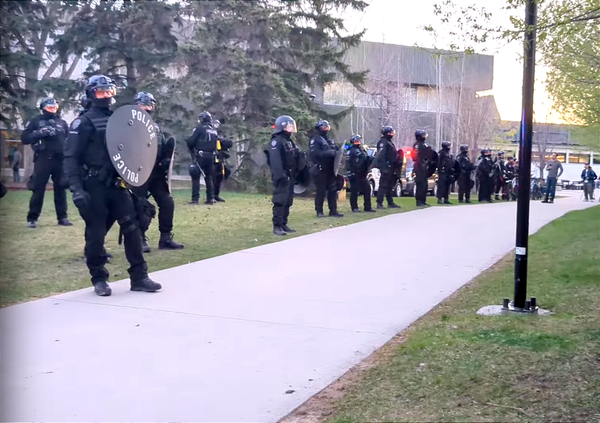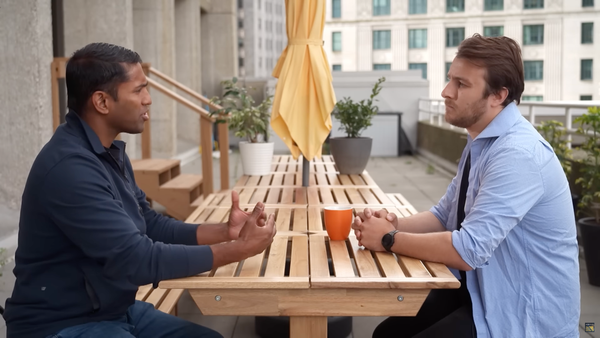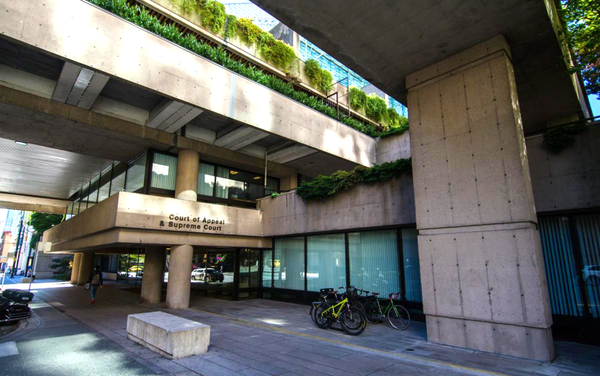BC government caves to safe-supply disinformation campaign
Moms Stop the Harm co-founder Petra Schulz responds to the news that BC's miniscule safe supply pilot programs will end take-home prescriptions, throwing the lives of thousands into disarray and imminent danger.

The BC government's announcement to end take-home safe supply in BC is devastating news for many individuals and their communities. This program has saved and stabilized the lives of thousands of people, who will thrown into urgent risk of drug poisoning. Witnessed options aren’t possible in almost every jurisdiction, especially those living in rural and remote areas, including Indigenous communities. This will undoubtedly result in de-prescribing and forced tapering. Politicians responsible for these decisions, including BC Health Minister Jodie Osborne and Premier David Eby, are failing to publicly acknowledge that people take more than one dose per day. If a person takes three or four doses, that means three or four trips to a clinic. Even if you do not live too far away, this makes it physically impossible to work, look after kids, socialize or travel.
These elements of community living are critical for people to experience the quality of life they need to find wellness.
The end of take-home prescribing means people will drop out. Politicians and policy makers will falsely conclude that safe supply programs don’t work, opening the door wider to further program cutbacks. This is designed for failure. Eliminating a life-saving option for people who use drugs is not striking a balance on drug diversion from prescription programs – it is handing full control of the market to unregulated drug trade. Strategies to mitigate diversion advanced by experts in safe supply, among them people who use drugs, researchers and clinicians, call for expanded medication options to match people’s tolerances and preferences as well as housing – not witnessed ingestion. We also question how much diversion comes from safe supply programs versus other prescriptions. Only four percent of patients receiving a prescription for hydromorphone in BC participate in safe supply programs, while the remaining 96 percent received prescriptions for pain, either short-term or long-term (approximately 100,000 doses for pain in 2024, and just 4,000 doses to safe supply programs in 2024).
While diversion can lead to unintended consequences, it is not a driver of mass death. In 2024, 78 per cent of samples from expedited toxicology testing after a drug death showed fentanyl, while only 3 per cent contained hydromorphone. Meanwhile, published literature shows safe supply programs likely reduce deaths considerably. Cutting back safer regulated alternatives means fuelling the unregulated illegal market, including gun violence, money laundering and the deaths of so many. As harm reduction pioneer and activist Ann Livingston pointed out:
An estimated 225,000 British Columbians (4%) use criminalized drugs. If each spends $20/ day on these criminalized illegal drugs sold by “organized crime”, then $1.64 billion/ year is going directly to the illegal drug market. That’s $1,643,000,000 / year. (Fishing industry in BC is about $1B / year.) Estimating that $20 buys .2 grams of criminalized drugs, then 45,000 grams of illegal, criminalized, often toxic drugs are consumed everyday in BC. That’s 45 kilos per day! Everyday. That’s 99 lbs per day in BC. That cost drug users $4.6 million per day supporting a lucrative unregulated criminal drug economy.
Voices from affected communities
We have heard from individuals who will be impacted by these policies. They are scared and they are upset:
“As someone who openly uses this program it has benefited my quality of life beyond anything I can express in words and taking this away suddenly from a vulnerable population is going to end in death. We the users will be vocal as well, this is scary to a lot of people especially people who have been able to stabilize their lives because of this program.” - Safe supply recipient
“So medication, which has helped me improve my quality of life, is at risk of being taken away from me. I KNEW they were talking about this. Clearly talking more behind the scenes than anything. Which clearly they aren't speaking to people who rely on these medications at all!!! I have so much to say on this. But I'm kinda processing and feeling sick to my stomach”. - Safe supply recipient
We have also heard from families:
“Ok well I better get prepared … my daughter is out there and takes 3 doses daily and the pharmacy is nowhere near where she stays. I'm scared she'll get discouraged and go back to street drugs. ” - Mother
“How will my daughter in [sunshine coast community] be able to visit me in [lower mainland] without take-home [doses]? Will prescriptions be transferable or is she forced to access the toxic drug supply?!?!?!” - Mother
“Take-home doses have saved my son’s life and he is functioning well because of it. It’s been a long journey with many losses of loved friends along the way. We know exactly how lucky we are to still have him. Our hearts break for the Mums on this group and the Mums we know personally” - Mother
This is not isolated to BC. We have seen safe supply programs in Ontario under threat and healthcare providers like Dr. Andrea Sereda targeted with smear campaigns by people with established track records of disinformation.
In Alberta, individuals receiving prescriptions for regulated alternatives to toxic street drugs were forced to taper or move to witnessed doses at four clinics serving the entire province under the 2022 Narcotic Transition Services. The following year, Alberta hit its highest-ever drug poisoning mortality rate.
All prescribers outside these four clinics are now prohibited from safer supply prescribing. A research paper described NTS as “political interference in medical practice" (Wilson, Colizza, Hyshka 2024).
On the heels of this legislation in 2023, a young Calgary woman, Ophelia Black, took the government to court and has an injunction that allows her to maintain the wellness and stability she achieved while being o medication. But Black's injunction does not extend safety to the thousands of others in Alberta who would benefit from access to a regulated supply.
In eliminating safe supply carries in BC, policy makers have caved to politically motivated misinformation. In the process, the lives of the people we love are once again at risk.




